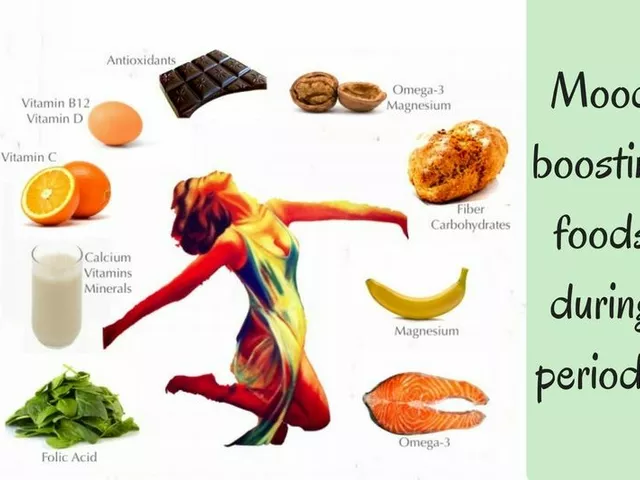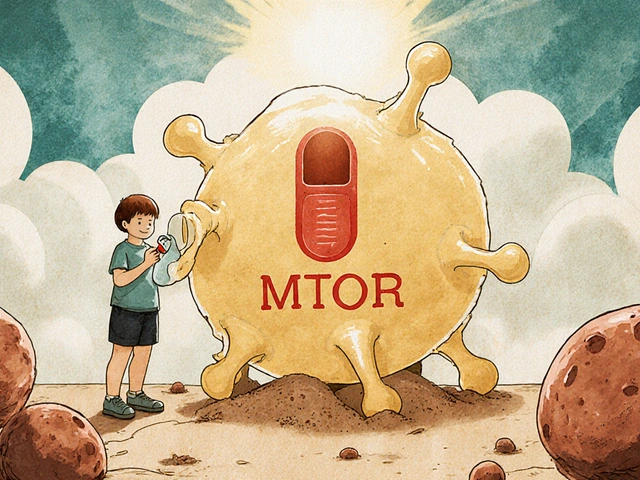Food intolerances: how to spot them and what to do
Did a meal leave you bloated, foggy, or with stomach pain hours later? That might be a food intolerance, not an allergy. Food intolerances cause uncomfortable symptoms after eating certain foods. They don’t trigger a life‑threatening immune shock like allergies, but they still mess with daily life. Here’s a straight, usable guide to recognize, test for, and manage common intolerances.
Common types and symptoms
Lactose intolerance happens when your body lacks the enzyme lactase. Expect bloating, gas, cramps, and loose stools within a few hours of dairy. Celiac disease is an autoimmune response to gluten — it can cause diarrhea, weight loss, iron deficiency, and fatigue. Non‑celiac gluten sensitivity gives similar symptoms without the immune markers. FODMAP intolerance covers a group of carbs that ferment in the gut and cause gas, bloating, and IBS‑like pain. Histamine intolerance brings headaches, flushing, hives, or digestive upset after aged cheese, wine, or cured meats.
Testing and what actually works
Start simple: keep a food and symptom diary for 2–4 weeks. Note what you eat, portion sizes, and when symptoms start. That often reveals the culprit faster than random tests. For lactose, hydrogen breath testing at a clinic gives clear results. For celiac disease, get blood tests for tissue transglutaminase antibodies before cutting gluten; a biopsy may be needed to confirm. Be wary of IgG food panels — many experts say they’re not reliable for diagnosing intolerances.
If you suspect FODMAP issues, try a structured low‑FODMAP elimination under a dietitian’s guidance, then reintroduce foods one at a time. Histamine intolerance is harder to prove; a short trial of a low‑histamine diet or a trial of diamine oxidase (DAO) enzyme supplements under medical advice can help you see if symptoms improve.
Practical fixes: swap to lactose‑free dairy or use lactase enzyme tablets before eating dairy. For mild gluten sensitivity, try reducing processed wheat and see if symptoms ease. With FODMAPs, small portion control and cooking techniques (like fermenting or sprouting) often help. Read labels, plan meals, and keep a few safe recipes ready so you don’t reach for quick trigger foods when hungry.
When to see a doctor? If you have severe weight loss, persistent diarrhea, blood in stool, or signs of malnutrition, book an appointment. If symptoms are mild but persistent, a primary care doctor or gastroenterologist can order tests and refer you to a dietitian. Avoid long, strict diets without professional support — they can cause nutrient gaps.
Want more practical guides? Apostrophe Pharma Guide has clear articles on testing options, safe supplements, and meal planning for common intolerances. Use a food diary, get the right tests, and make small diet swaps that actually fit your life.

Understanding the link between food intolerances and bloating after a meal
In my exploration of food intolerances and bloating, I've come to understand that these two are closely connected. When we consume foods that our bodies can't properly digest, it often results in bloating after a meal. This happens because the undigested food ferments in the gut, causing gas and discomfort. Identifying and managing food intolerances is therefore a key step in reducing bloating. In essence, what we eat directly affects how we feel post-meal, emphasizing the importance of a mindful diet.
Read More




